The final walk-through of a home you are in contract to buy is your opportunity and responsibility to make sure everything in the home is in the condition you expected and that there aren’t any remaining issues that the seller has not addressed.
It’s important to be present for the inspection because once the closing has taken place and you move into the home, it’s likely too late to bring up any problems you may find. For that reason, it’s also important that you, the buyer, be thorough, inspecting the house with your real estate agent room by room, verifying that the seller hasn’t taken anything from the home they weren’t supposed to and that the seller has made all the repairs they promised to make before closing.
Most final walk-throughs occur a few days before, or even the day of closing, after the seller has moved out of the home. If the seller hasn’t fully moved out, they might be present for the walk-through. In this case, the seller’s real estate agent would probably attend as well.
What to bring to the final walk-through

Your Final Contract
Your contract will note what should and should not be in the house when you buy it, like appliances, shelving, or furnishings.
Notepad
You’ll want plenty of paper to jot down any questions or observations as they arise.
Phone
Use your phone to take pictures of anything of which you might want to record.
Phone Charger
You don’t want your phone to die and the charger may come in handy if you need to confirm that the electrical outlets are functional.
Inspection Summary
It’s important to double-check that all repairs have been completed as promised.
Your Accepted Offer Letter
This will have specific information listing the conditions of sale.
Your Real Estate Agent
Your agent is like a human final walk through checklist. They’ve done this procedure many times; and the agent can guide you through the process. In the event that something is wrong with the home, the agent can help you with taking the next steps.
Documentation and Notes
Bring a detailed checklist and any inspection contingency for requested repairs made when you submitted an offer for the home.
Final Walk-Through Checklist
After the Seller moves out, check for overall cleanliness. The home should be clean and free from debris. Check for any signs of damage such as cracks, water stains, or uneven surfaces caused during the moving process to walls, ceilings, and floors. Look for any areas that require repainting or refinishing.
Repairs from Inspection Summary and Accepted Offer Letter
Your contract will note what should and should not be in the house when you buy it, like appliances, shelving, or furnishings.
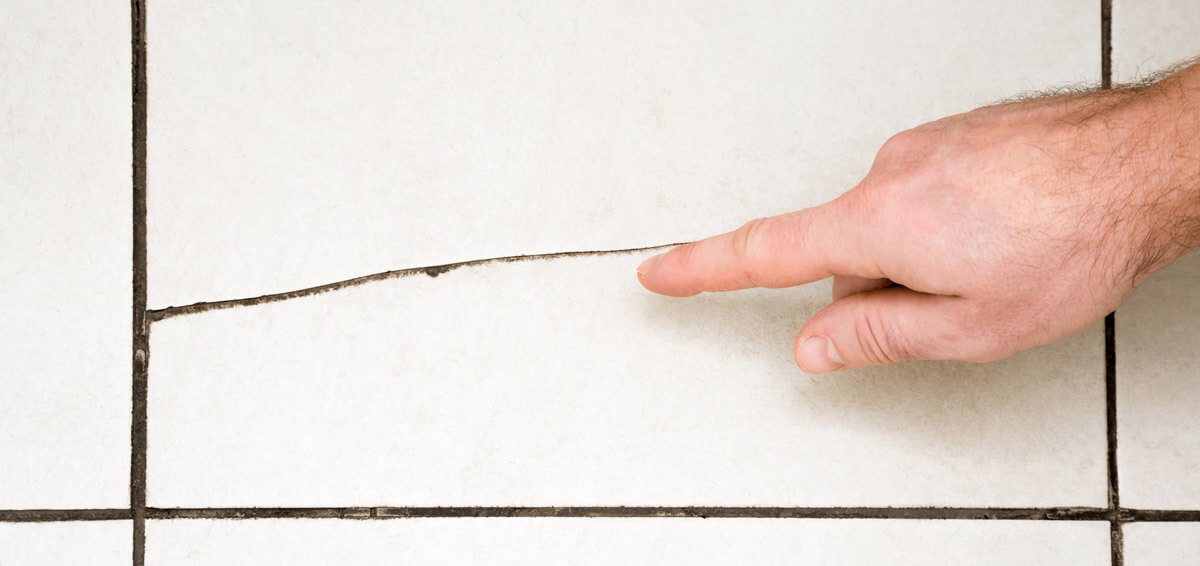
Verify Final Repairs
Before looking at anything else, double-check that all repairs stated on the Inspection Summary and Accepted Offer letter have been completed. Don’t simply take the seller’s word that everything’s in good working order – check for yourself. For example, the seller might have agreed to fix one of the light switches in the dining room. Flip the light on and make sure it stays on.
New Additions
If your purchase agreement includes the installation of any new fixtures or appliances, make sure they’re there and test them out.
Get Receipts
Ask the seller for the warranties or repair receipts for all work they did on the home. If some repair breaks, you’ll want to be able to follow up with the person or company that made the repairs. This can save you money, as most home repair companies offer limited-time warranties that include free fixes.
Belongings Moved In Or Out
You want to make sure the seller is completely moved out of the home before you close. You don’t want to have to clean up or move the Seller’s ‘stuff’ before moving in.
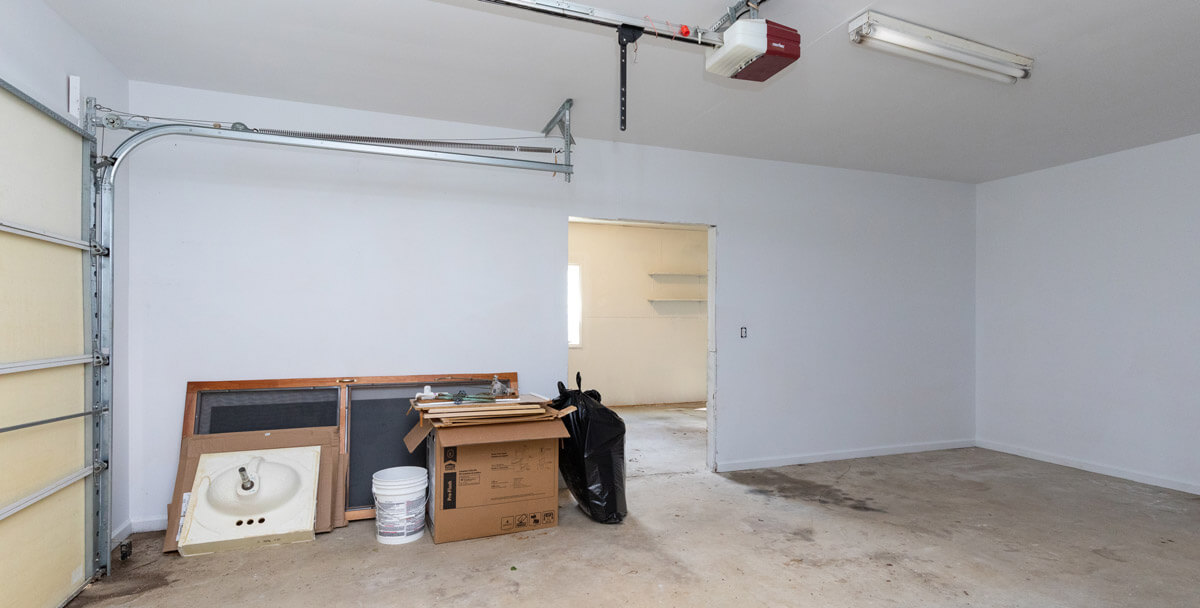
Look in Every Room
Check for any belongings that the seller left behind such as leftover toys, or lawn equipment. Check all of the closets, the attic, the basement and any garages or sheds. Check off each area to be sure you don’t miss anything.
Keep an Eye Out For Issues
Walking through an empty home makes it much easier to spot new defects that may have occurred when the seller was moving out, as well as repairs that weren’t completed as agreed.
Review the Agreement
Review your Accepted Offer Letter for everything Seller agreed to leave behind. Check for appliances, fixtures and other items that are part of your agreement.
Documentation, Warranties, and Instruction Manuals
Check that all necessary documentation such as warranties and instruction manuals as well as keys are provided by the Seller.
Contact the Seller
Contact the seller before closing if you notice they left something behind that they shouldn’t have, or they’ve taken something they agreed to leave.
Inspect Locks And Windows
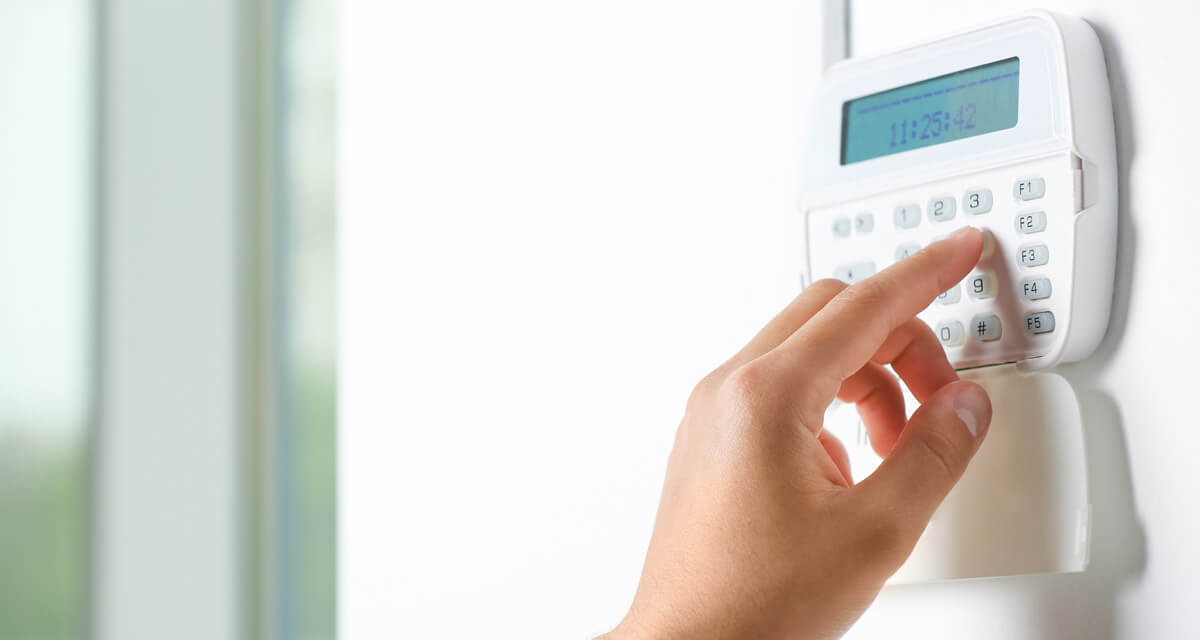
Are They Broken
Do all windows and doors lock and unlock correctly? If you are missing a key now is the time to mention that. If there is a door or window that does not lock properly that can be a security risk.
Do all windows and doors slide open easily?
If they don’t it may be a simple fix. Swollen wood or widows that simply won’t open at all could require a complete replacement so it is better to know up front exactly what you are getting into. If any of the windows or doors stick it could be a major hazard in the event of a fire or other emergency.
Are all the door and window screens in good shape?
Are there holes, tears or defects in the window screens? Are any missing? Do window screens pop out easily?
Arm and Disarm the Alarm
Additionally, your home may be equipped with an alarm system that tells you when a window or exterior door is open. Arm your alarm and make sure the sensors on all of your doors and windows work. Making sure you have the manual for the alarm system or can easily find it online for your exact model is important.
Check Appliances
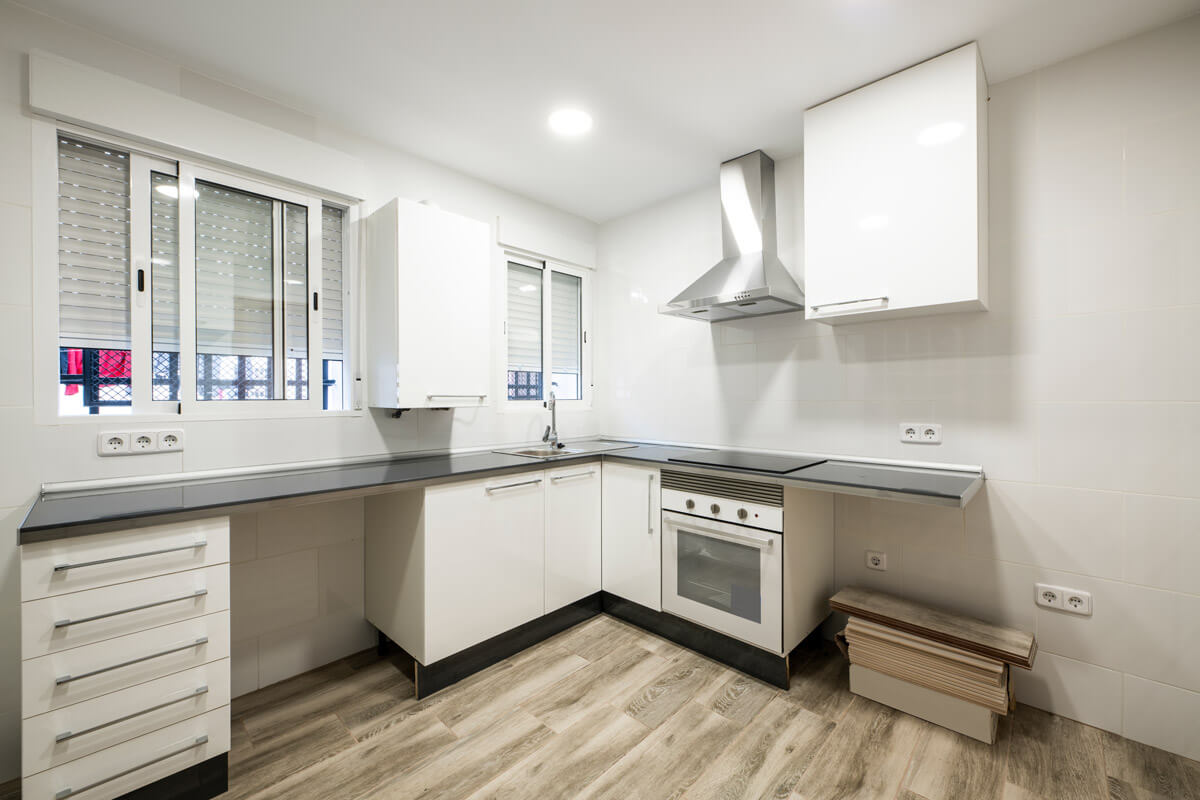
Check Appliances that were included in Accepted Offer Letter
Confirm that all of the appliances in the home operate as you’d expect. Run these tests when you do your walk-through:
- Make sure your oven heats up without smelling like gas or burnt smell.
- Run the dishwasher through a full cycle. You may want to toss in a dirty dish to make sure it comes out clean and undamaged.
- Turn the washing machine and dryer on and off if they convey.
- Run water in all of the drains to make sure they empty out and don’t clog.
- Make sure there aren’t any strange smells coming from the running water.
- Run the garbage disposal if the home has one.
- Open and close the garage door. Make sure it opens and closes only when you use the correct key or code.
- Run your heating, ventilation and air conditioning (HVAC) system on both the heating and air-conditioning modes. Make sure the home heats up or cools down in a reasonable amount of time.
- Arm and disarm the home’s security system if it has one. Confirm that only the correct code or key can activate the system.
- Flush every single toilet to make sure it works well. Verify that the water shutoff valves near the base of the toilets also work.
- Run the water in your showers and sinks. Make sure the water gets hot and cold in a reasonable amount of time, check the water pressure in the shower and confirm that your bathtub holds water when you plug the drain.
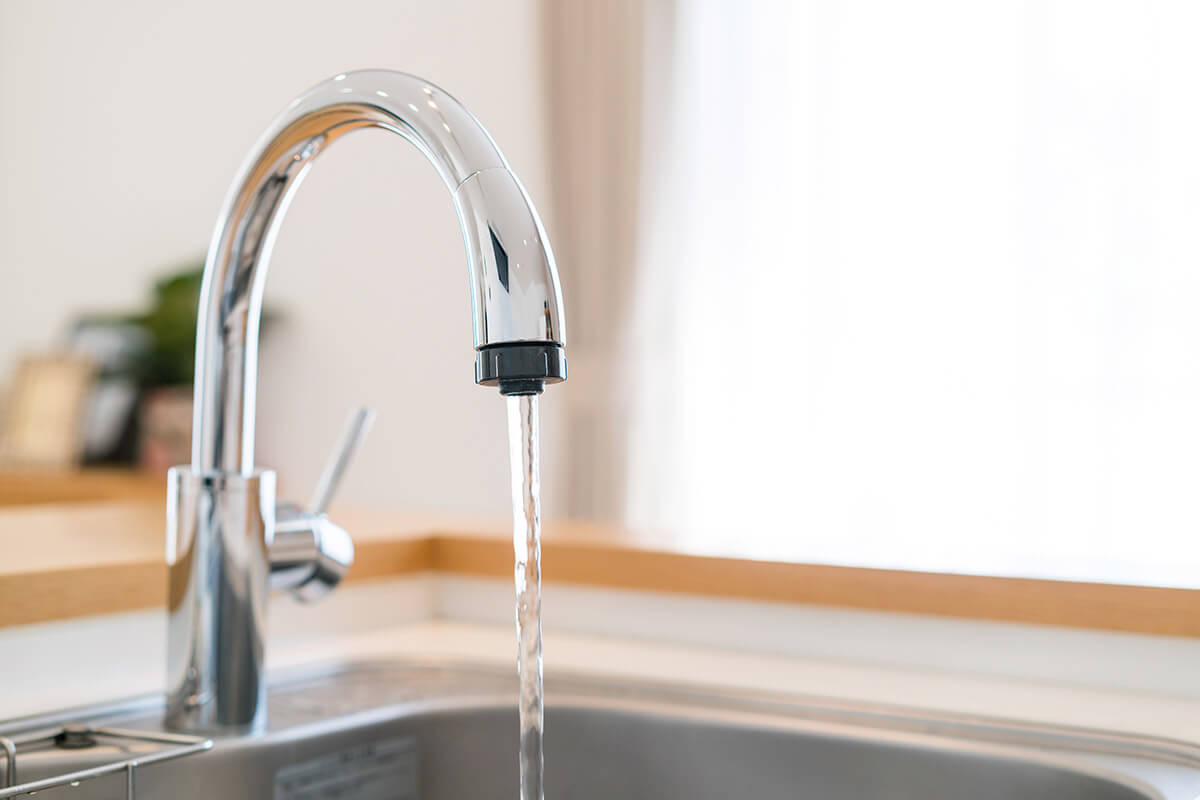
Ensuring that all of your appliances work before closing can save you money on repair bills after closing. Unless you are buying the home ‘as is’, write down what needs to be replaced or repaired. This will make it easier to fix up your home later.
Check the house for mold and water damage.

Signs of Water Damage May Be Subtle
Buying a house with mold can become a very expensive proposition even between the time the homeowner moves out and when you move in. Mold can spring up in as little as a few days, so carefully inspect moist areas like the bathroom and kitchen. Here are some items you will want to check.
- Check around toilet bases and around the drain of your bathtub or shower.
- Open your sink cabinets and check for mold around the pipes of your sinks.
- Check to make sure sinks hold water when plugged and there is no standing water in the sink.
- Inspect the base of the refrigerator.
- Check the base of the laundry sink, if there is one.
- Check the bottom of your dishwasher and the bottom of any kitchen doors that lead outside.
- Check the basement thoroughly for mold, standing water or leaking pipes.
Electricity and Outlets
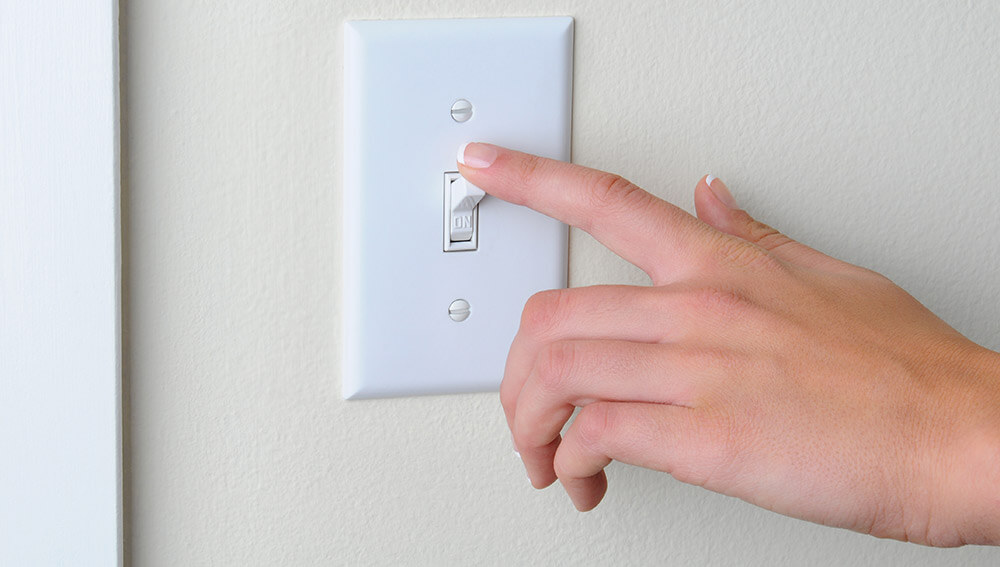
Test With Your Cell Phone
Most electrical systems work on a current, which means that if even a single outlet in the home isn’t working, you might quickly have problems with other outlets. Walk through the house with your cell phone charger and plug it into every outlet in every room. You don’t need to wait and see if the outlet charges your phone, just ensure that your charger registers the outlet as soon as you plug it in. You can also purchase a multimeter to check each outlet.
Check the Plate Covers
Check the plate covers on the electrical switches. Make sure the plates look secure and that there are no signs of damage. Visual damage to a plate cover or ones not attached properly could indicate that someone has attempted to address a problem.
Check Everything
Confirm that the home’s light fixtures, doorbells, security system, outdoor lights and garage door openers work as well.
Check for Signs of Pests
Signs of Unwanted Guests
Pests can move in after the seller moves out even if a home is totally clean during an inspection.
- Keep a careful eye out for termites, rodents and ants, especially if the homeowner left garbage behind.
- Look for mouse droppings, bite marks on wood and other signs of uninvited critters.
- Dry rot, spongy floors and wooden walls that look like they’re covered in tiny pinholes can all be signs of termites.
- Inspect the chimney for bird’s nests and raccoons who often make their homes inside chimneys after a home has been uninhabited for even a little while.
Backyard and Outdoors

Inspect the Full Property
Inspect the outside of the property as closely as you inspect the home’s interior.
- Take a walk around the lawn or backyard and make sure you are satisfied with the landscaping. Some sellers have been known to dig up bushes, plants and even small trees when they leave their property behind.
- If the house has fencing or a gate, take a walk around it both on the interior and exterior of the property. Make sure the gate latches and unlatches easily and that the fencing is in good condition without wood rot.
- If the house has a pool, inspect it and look for mold, mildew and damage to the lining if there is one. Test and inspect the pool gate. Take notes of any damage, holes or wood rot you find on the fence.
- If the home has an irrigation system, turn the water on and off and make note of any sprinklers that aren’t working.
- Inspect the interior and exterior of any sheds. Confirm that the homeowner hasn’t left any dangerous chemicals or tools lying around or in a shed.
- Check the driveway and walkways for cracks and/or deterioration.

What To Do If You Find Issues During The Final Walk-Through
There are a few different options available to you if you find problems, which depends upon the severity of the issue. Here are some of them:
- For a minor issue, ask the seller to fix it before the closing.
- You can delay the closing to give the seller time to fix the problem.
- You can withhold money from the seller’s proceeds or get a credit at closing to pay for the repairs after the closing.
- In cases where there’s major damage to the home or an expensive repair that the seller refuses to fix, you may have to withdraw from the sale or take legal action. The National Association of Realtors reports that five percent of contracts were terminated due to Seller’s failure to meet contract contingencies.
Legally, you are allowed to back out of a contract if the property does not meet the obligations detailed in your real estate contract, Most issues can be worked out through negotiation and most sellers are open to making things right at this stage of the process. Typically, sellers and buyers instead agree to either monetary compensation or other solutions to ensure the transaction moves forward.
How Long Does A Final Walk-Through Take?
The amount of time a final walk-through takes depends on the size of the home. For smaller properties, a final walk-through can be done in about 15 minutes. For larger homes, you may need to block off an hour or more to ensure you can complete the final walk-through thoroughly. Buying a home is a major transaction that has implications for your long-term financial well-being. You don’t want to rush it.


